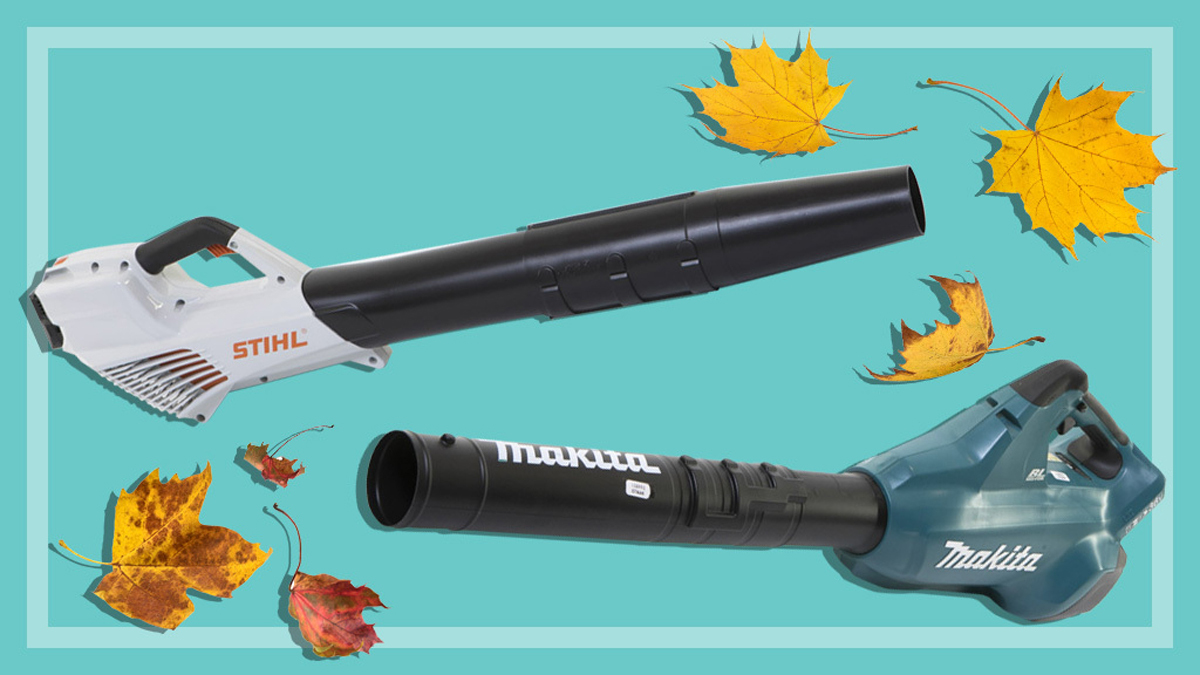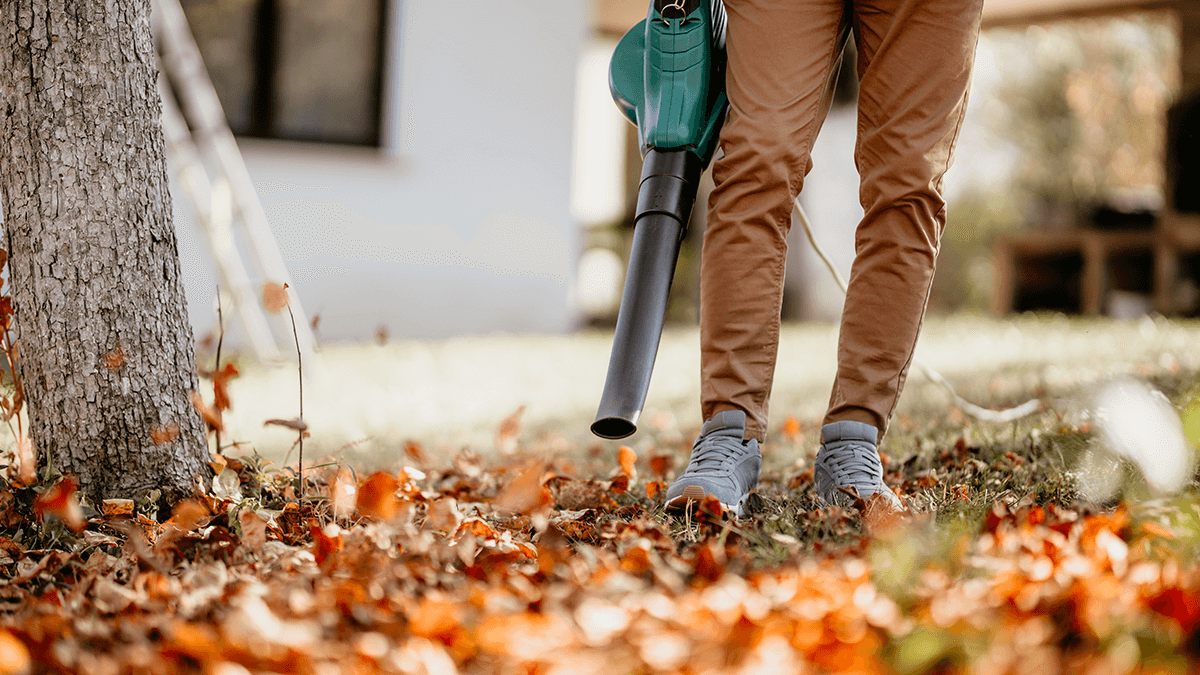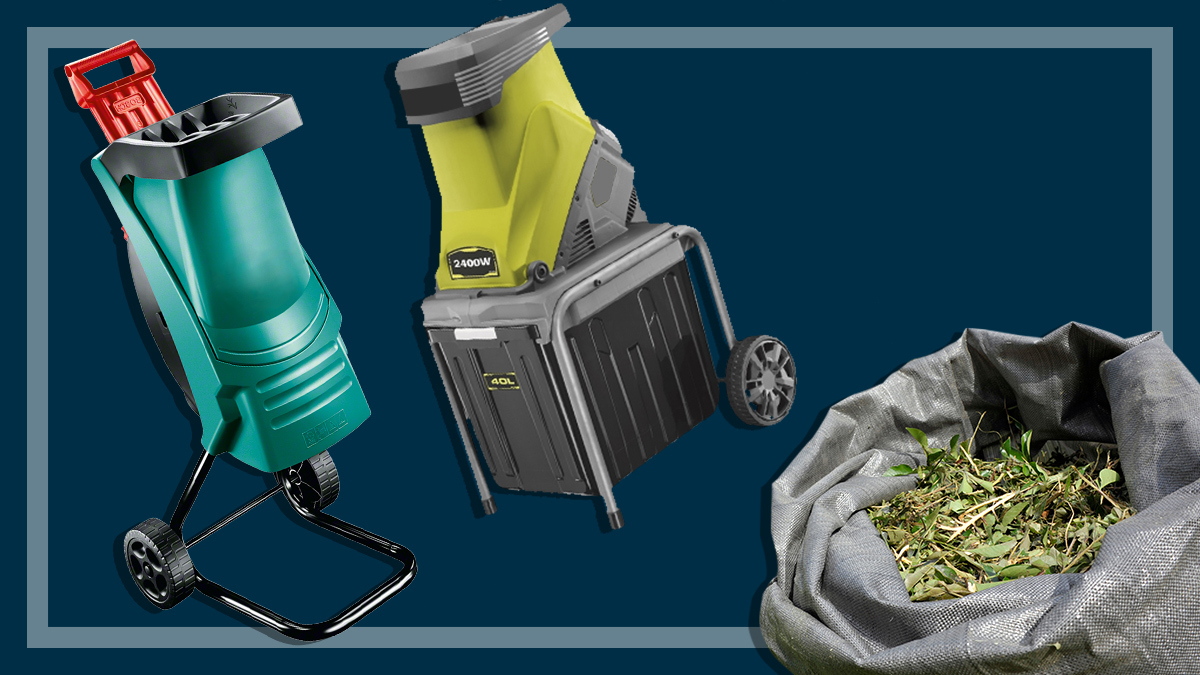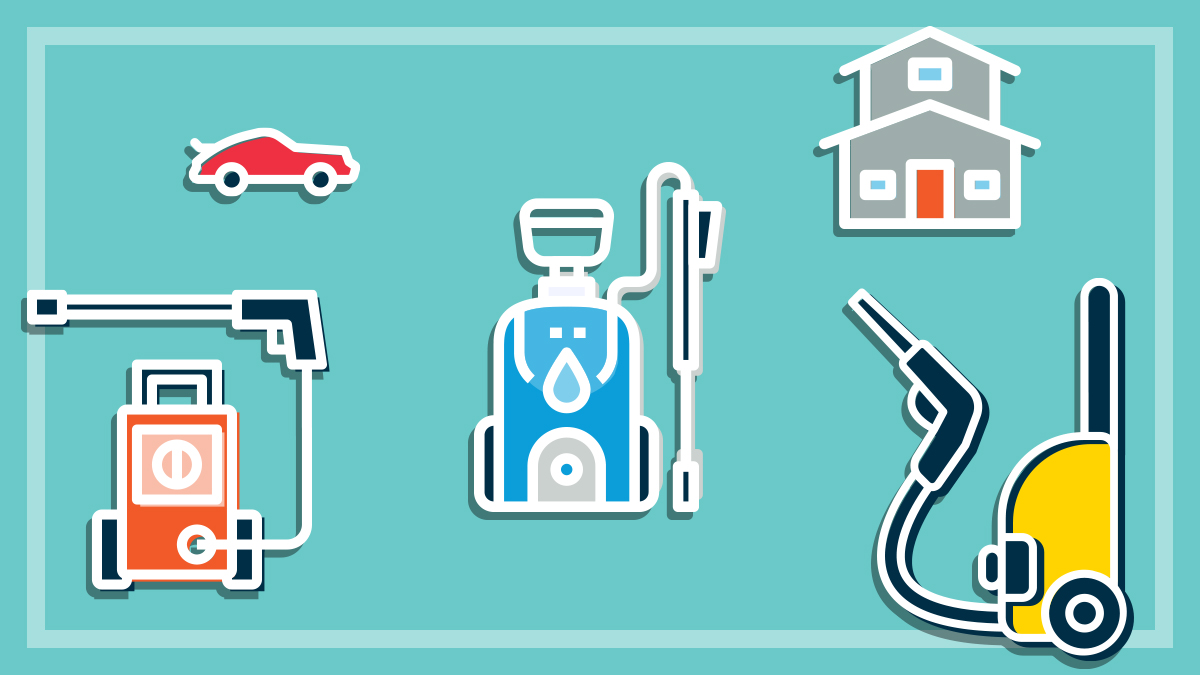Get our independent lab tests, expert reviews and honest advice.
Things you can clean with a pressure washer
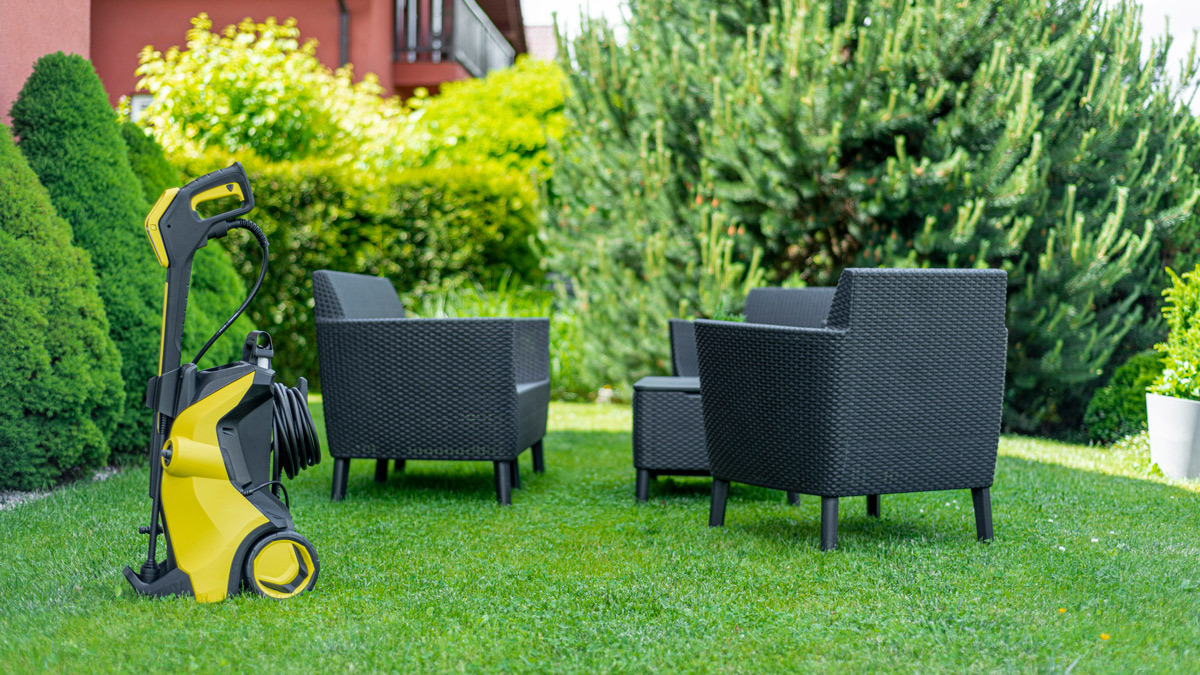
There are two types of cleaning jobs in the world: those you can see and those you can’t.
Tasks you can’t see – like wiping over the tops of cupboards, dusting photo frames and cleaning the dishwasher – are all work and little or no reward.
Sorry, but no-one is going to notice that your skirting boards are sparkling or that you’ve exterminated the dust bunnies behind the cupboard.
But cleaning jobs you can see? So satisfying.
Pressure cleaning would have to be up there as one of the best types of cleaning tasks: you can see exactly what you’ve cleaned and your cleaning efforts are satisfyingly contrasted against the grime you’re fighting.
To spread the joy of pressure washing, we’ve compiled a list of 11 ways you can use your pressure cleaner around the house.
CHOICE tip: Always check the instruction manual to determine the recommended settings and nozzles for certain surfaces. Cleaning surfaces without the recommended tools may cause damage.
1. Concrete and paved areas
This isn’t news to anyone – it’s the most common way to use a pressure washer.
But if you haven’t experienced the sheer pleasure of pressure cleaning your driveway or patio, you really should!
The rotary nozzle (aka turbo nozzle) is your best bet for footpaths and driveways. It makes a circle of pressurised water – which does mean it can leave circular water marks on the area.
It might take a couple of passes to remove these circular marks, but it’s worth the effort as it’ll leave your concrete sparkling.
Try your pressure washer on outdoor concrete or paved steps while you’re at it to refresh your whole outdoor space.
2. Windows
On the outside of your house only, obviously. Don’t try this inside, kids!
Some glass can be pretty fragile, so start with a lower pressure to begin with and see how it goes.
Try the fan nozzle, which you should be able to tweak so it hits the sweet spot between being gentle enough not to break the glass, but strong enough to get rid of the grime.
Depending on how your windows dry, you might end up with water spots, so you could find that you need to re-do them with window spray and good old-fashioned elbow grease. But if you’ve pressure-washed them first, it’ll remove all the spider webs, dirt and grime so you won’t have to scrub as hard.
And if you’re wondering if a robot can really make short work of dirty windows – we reviewed the Ecovacs Winbot W1 Pro to find out.
3. House exterior
While you’re pressure washing your windows, you might feel inspired to clean the rest of your house’s exterior – and a pressure cleaner is just the tool for the job.
It’ll take care of dust, cobwebs, mould, algae and mildew. And don’t forget your garage door while you’re out there.
Brick will generally stand up well to a high-pressure cleaning, but you’ll need to be a little more cautious with painted weatherboard. Start with a lower pressure, especially if you’re working with older paint.
However, if you’re planning to repaint your house, a pressure washer can be a quick way to strip the paint – it’ll save you hours of scraping. Just make sure that you’re not dealing with lead paint as pressure washing it can release lead particles into the air.
4. Fencing
Cleaning your front fence is a quick and easy way to spruce up your house – if the fence is sparkling, it’ll lift the look of your place.
Pressure cleaning works especially well for metal fences, such as the Colourbond brand, but can also work on timber fences as long as you don’t blast them too hard. Again, start with a lower pressure and increase it if the fence can withstand the pressure.
If you’re planning to repaint your white picket fence, you can use your machine on a higher setting to blast away the surface paint, which will reduce the amount of sanding you have to do. Just make sure it’s not lead-based paint, as mentioned above.
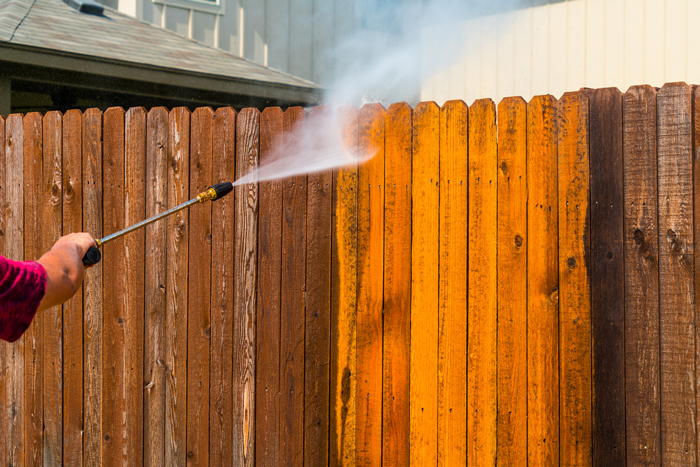
5. Outdoor furniture, shade sails, umbrellas
Outdoor furniture is designed to withstand the elements, but even its tough exterior could use a little TLC from time to time.
Pressure cleaning your outdoor setting will take care of algae, mould, dust, dirt and droppings, giving your entertaining space a makeover.
The same goes for outdoor umbrellas and shade sails: you can spruce up the look of your outdoor space by giving them a good clean with a pressure washer.
6. BBQs
You know how some people justify the crud on their BBQ grills as ‘extra flavour’? Yeah, that’s really just gunk.
To get rid of it, you can use – you guessed it – your pressure washer. Remove the burners, disconnect the gas, and watch the inlets as you clean.
Let everything dry out completely then re-season the hotplates before you use it again.
7. Kids’ play equipment
Kids will inevitably lose interest in outdoor equipment, no matter how much you spend on it. Renew their interest by giving it a refresh with your pressure washer.
And if they’re still not interested, well, you’ve now got clean equipment that’ll be easier to sell.
You can also turn your pressure washer on trampolines, especially the vinyl sections that cover the springs. A clean trampoline is more likely to appeal to your kids than one that’s covered in cobwebs and algae.
8. Garbage bins
Cleaning out your Sulo bin might seem a little OTT, but hear us out.
If you misread the calendar and put the Christmas prawn heads out too early, you’ll be regretting it for months to come. And even if you’re fastidious with your garbage bin, it’ll still develop an unpleasant odour after several years’ service, especially now that many councils collect food waste as well.
Now, if you were to clean your bin by hand, you’d pretty much have to climb into it to reach the bottom. Even the most putrid of bin smells couldn’t induce most of us to do that.
But using your pressure washer means you can stay well outside the bin, and you won’t have to scrub off any stuck-on gunk. Simple.
Warning: you’re likely to still get splashback using this method, so don’t do this in your Sunday best, or near anything that you don’t want covered in bin juice.
9. Wooden decks
Timber decking has a tendency to grow moss and become discoloured from being out in the weather.
Pressure washing it will bring it up beautifully so you can enjoy your deck again.
Just be aware that if you use too much pressure, it can strip the paint or stain from the boards – which is good to know if you’re planning to re-stain it once you’ve cleaned it, but not good if you’re just wanting to tidy it up.
10. Cars, motorbikes, mountain bikes, trailers
If it’s got mud on it, you can pressure wash it. (Well, within reason.)
Instead of spending a fortune having someone else clean your vehicle, get your pressure washer on the job.
For cars especially, though, don’t use a high-pressure setting on the body as it can damage it. But it’ll work wonders on muddy wheels and tyres.
11. Plant pots
Are your plant pots looking a little tired? While some of us might like a bit of an algae patina on our terracotta pots, it’s not everyone’s cup (or pot) of tea.
You can give pots a new lease of life by cleaning them with your pressure washer – and it’s cheaper than buying new ones.
CHOICE writer Margaret Rafferty swears by this: “I buy secondhand pots cheaply and then tidy them up by giving them a good clean with a pressure washer. They come up beautifully!”
Just make sure you don’t hit the plant with the pressure washer spray – it’ll damage or kill even the most hardy plant.
You can also use this method to freshen up secondhand garden tiles and pavers. It’s a great way to save money and it’s more sustainable too, since you’re buying something that might otherwise go to landfill.


